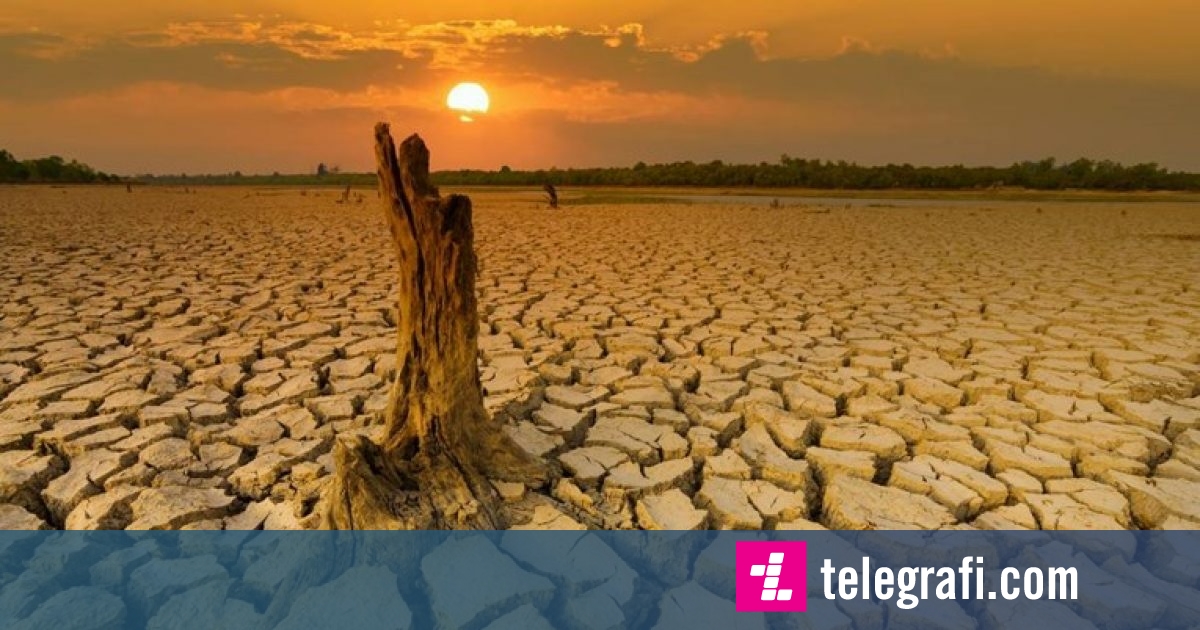The world is getting warmer and warmer, which is why life is becoming unbearable for people in many regions around the equator. At this stage, even if we manage to limit global warming to 2 degrees Celsius above pre-industrial levels, new estimates show that in the tropics and subtropics; including India, the Arabian Peninsula and sub-Saharan Africa, by 2100 most days will be extremely hot.
According to a new study, the mid-latitudes will experience severe heat waves almost every year.
In the American city of Chicago, for example, by the end of the century, the number of dangerous heat waves may increase up to 16 times.
What are the chances of avoiding this fate?
About 0.1 percent, if we limit warming to below 1.5 degrees Celsius above pre-industrial temperatures, and experts believe that by 2050 we are very likely to exceed 2 degrees Celsius of warming.
"In that case, an extremely dangerous heat wave will be a regular feature of the climate in sub-Saharan Africa, parts of the Arabian Peninsula and much of the Indian subcontinent," experts say.
Unless we work globally to reduce greenhouse gas emissions and put other measures in place to prevent climate change, there will likely be many deaths in the world.
But every small step that contributes to lowering temperatures is still important because it will also mean a lower number of human victims, writes
sciencealert.
Recent estimates show that global warming is already responsible for one in three heat-related deaths.
Based on these rates, studies predict that in the coming decades, as global warming worsens, people will die in record numbers.
How people deal with heat stress, a dangerous condition that can lead to organ failure, depends on several factors;
like humidity.
Current ratings are based on a metric known as the heat index that takes into account relative humidity only up to certain temperatures.
Recent research has shown that the human body may not be able to withstand as much heat and humidity as this index indicates.
As it stands now, 93 degrees Celsius on the heat index is considered the upper limit of what a human can survive at all.
But with 100 percent humidity, even young, healthy people may not be able to live above 31 degrees Celsius.
Despite this, according to the traditional heat index, temperatures are considered dangerous when they exceed 40 degrees Celsius and extremely dangerous when they exceed 51 degrees Celsius.
The new research used this metric to predict future habitability, so there's a good chance the estimates are actually underestimating the potential threat.
Even by this standard, however, the outlook for humanity looks dire.
Between 1979 and 1998, the dangerous heat index threshold was exceeded every day in the tropics and subtropics by 15 percent.
In that period, it was rare for temperatures, according to the index, to become extremely dangerous.
Unfortunately, this cannot be said for the current period and the problem is only getting worse.
By 2050, tropical regions could exceed the dangerous heat index on 50 percent of days each year, and by 2100 on most days.
"It is likely that, without large reductions in emissions, large parts of the global tropical and subtropical regions will experience heat index levels above those considered dangerous for most of the year by the end of the century," said the scientists.
/Telegraph/
